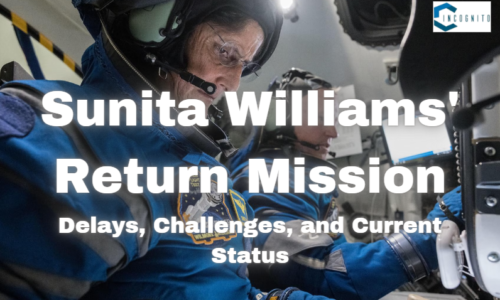
Recent updates from NASA and Boeing have highlighted ongoing issues with the Boeing Starliner spacecraft and its effects on both space missions and budgetary stability. Here’s a detailed look into the situation:

Starliner’s Mission Challenges
Starliner’s Mission Challenges
- Simulation Failures: NASA has conducted over 100,000 return simulations for the Boeing Starliner spacecraft. In spite of these broad tests, they have been incapable of resolving a critical issue, including the return of astronaut Sunita Williams to Earth. The simulations were planned to test different scenarios for a secure landing, but the spacecraft’s performance has fallen short of expectations. This issue may jeopardize future missions and raise concerns about the spacecraft’s unwavering quality.
- Current Circumstance: Sunita Williams, an experienced astronaut, was planning to return to Earth aboard the Starliner. However, due to continuous technical challenges, NASA is presently investigating alternative choices to guarantee her secure return. The failure to resolve these issues highlights the complexities of space missions and the high stakes involved in crewed space travel.
Financial Impact on Boeing
- Quarterly Losses: Boeing reported a significant financial hit in Q2 2024, with losses amounting to $125 million, to a great extent credited to the progressing issues with the Starliner program. The money-related strain underscores the critical costs associated with spacecraft improvement and the implications of mission failures.
- Potential for Greater Losses: The situation might worsen if NASA chooses to involve SpaceX in Sunita Williams’ rescue mission. Such a decision could cost Boeing billions, exacerbating their financial misfortunes and further complicating their position in the space industry. The potential shift in astronaut return logistics from Boeing to SpaceX outlines the competitive and high-stakes nature of space missions.

Broader Implications
Broader Implications
- Impact on Future Contracts: The challenges confronted by the Starliner program may impact NASA’s future contracting choices. In the event that SpaceX is called upon to resolve the current issue, it might set a point of reference for future missions, possibly favoring SpaceX over Boeing. This move could impact Boeing’s long-term prospects within the space sector and influence their reputation as a reliable partner for NASA.
- Technological and Safety Concerns: The technical issues with Starliner highlight broader concerns around the security and unwavering quality of the shuttle planned for human spaceflight. Ensuring that these issues are resolved is vital not only for the success of individual missions but also for maintaining confidence in the spacecraft’s overall safety.
- Strategic Adjustments: In response to the ongoing issues, Boeing may have to reevaluate its approach to spacecraft advancement and mission planning. This could involve investing in new technologies, progressing simulation processes, or re-examining their technique to avoid future difficulties and regain their competitive edge.
Looking Forward
As NASA and Boeing navigate these challenges, the space industry will be closely watching for updates on both the Starliner program and the financial ramifications for Boeing. The outcome of these issues will likely shape future space missions and collaborations, influencing the direction of human spaceflight and the roles of major aerospace companies.
In summary, the current struggles with the Starliner spacecraft not only display technical challenges but also have noteworthy money-related implications for Boeing. As NASA looks for solutions, the broader impacts on the space industry and future missions are becoming increasingly evident.
Read More News Related Blogs:
Sunita Williams’ Return Mission: Delays, Challenges, and Current Status
Cosmic Collaboration: The ISRO-NASA Mission and India’s New Space Hero, Shubhanshu Shukla





